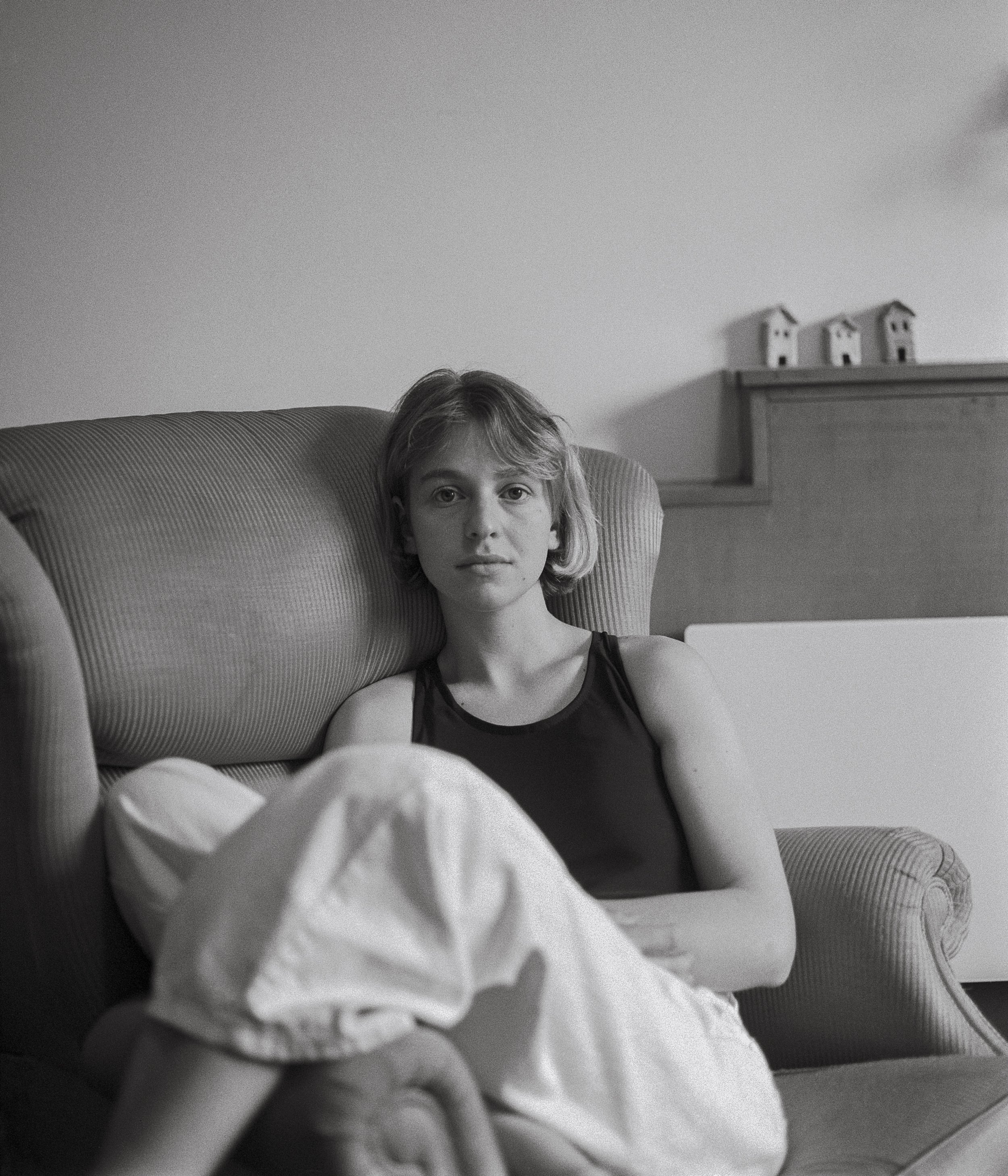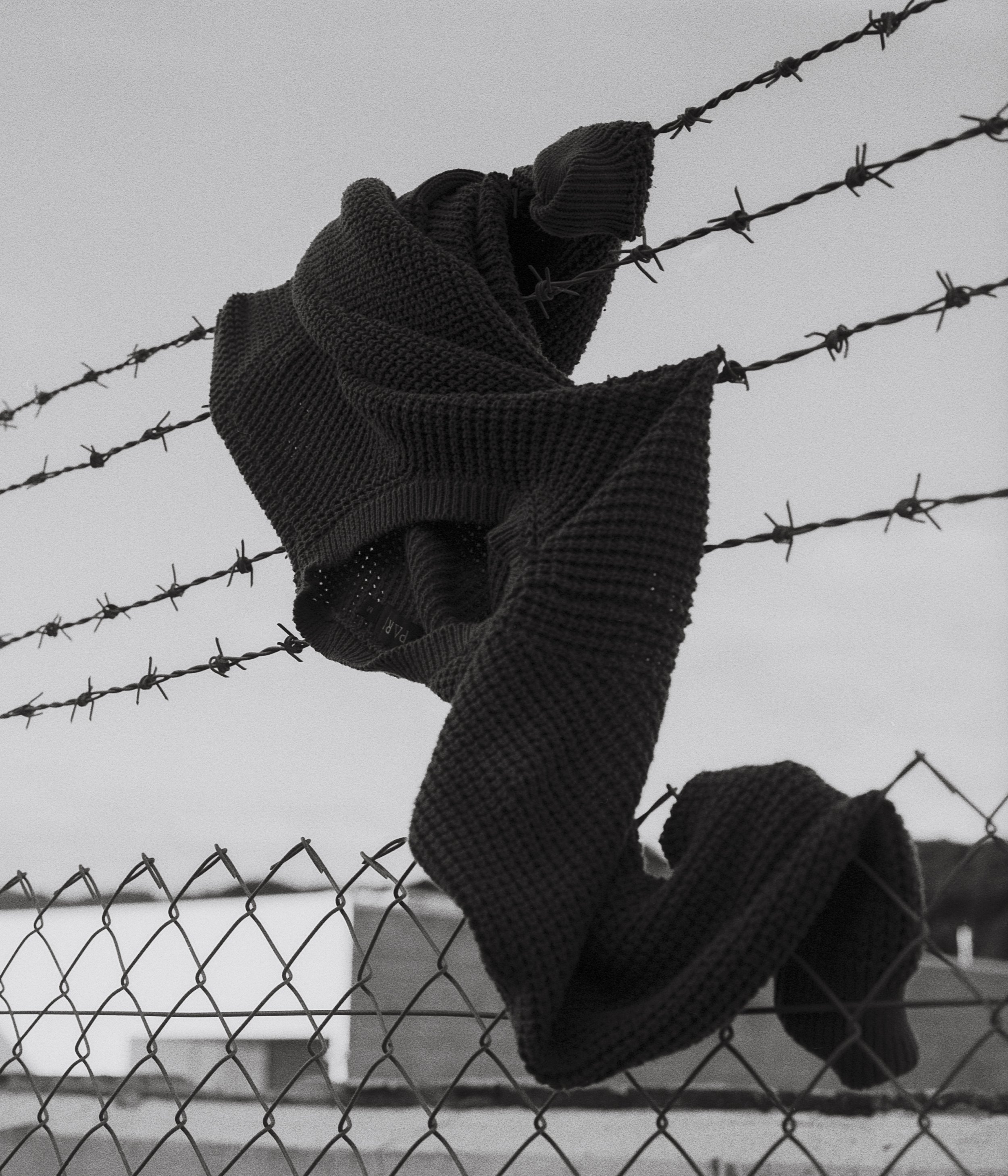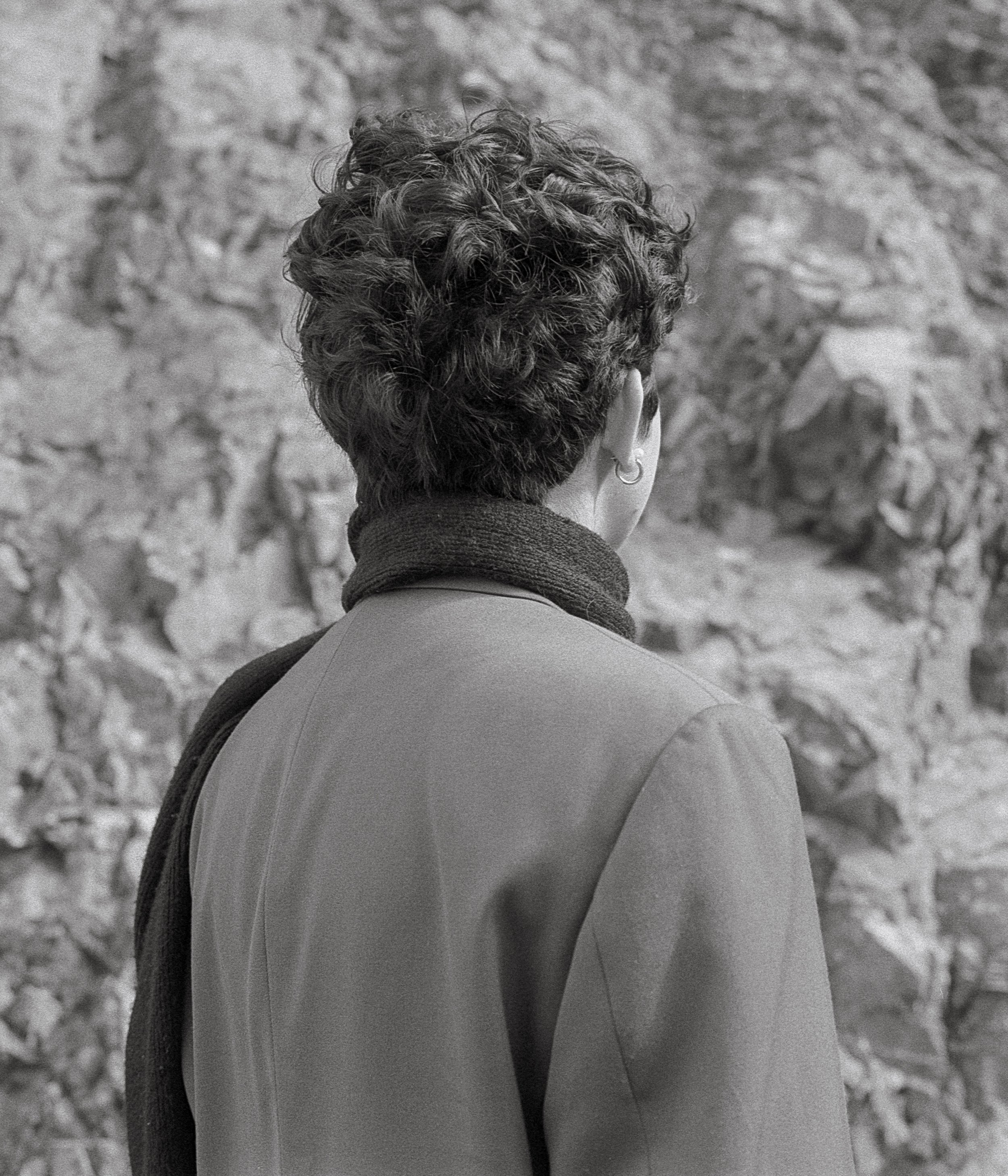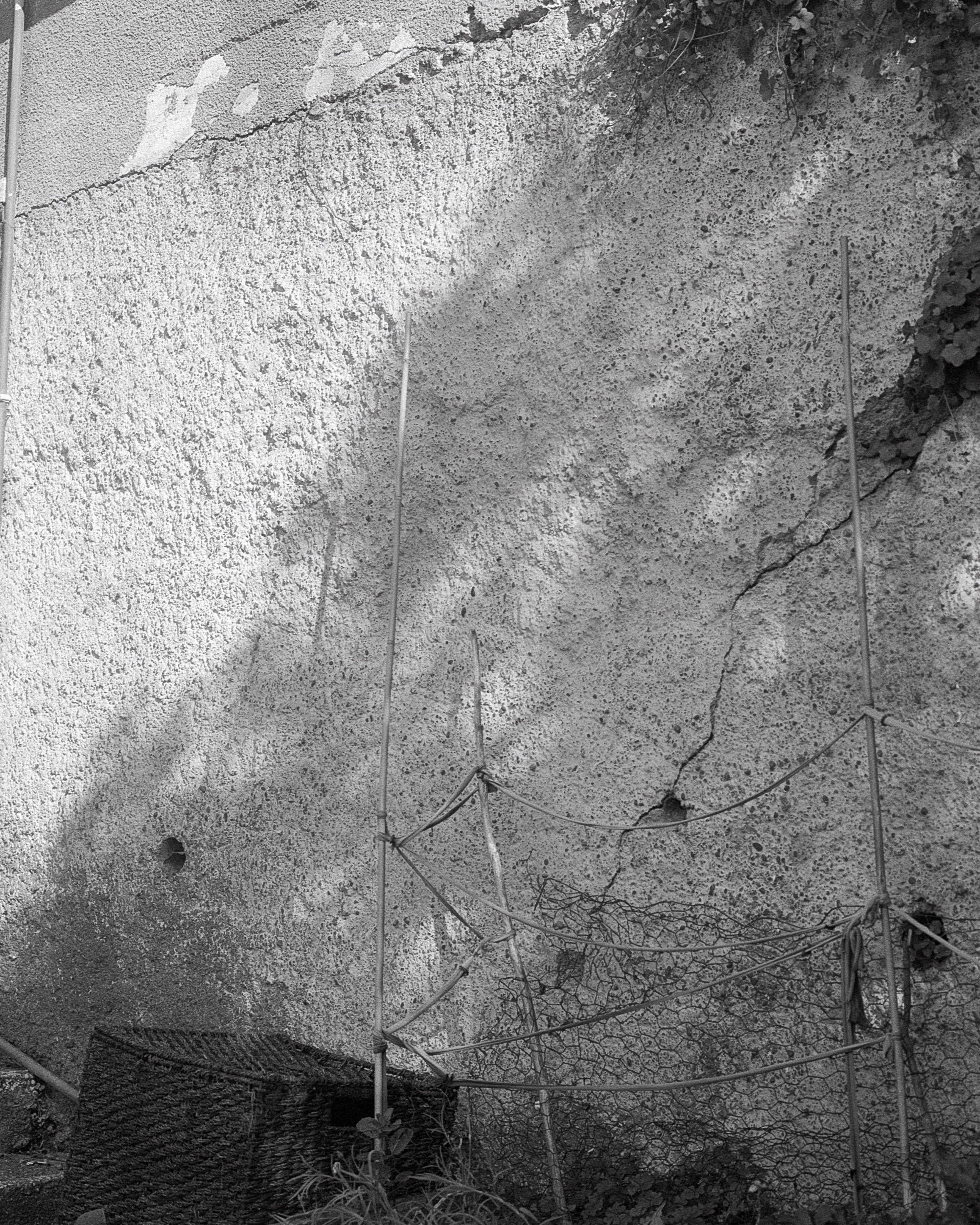Story 146: Samson Dell
What is your backstory?
I grew up across the Wairarapa and Poneke, in Aotearoa - a place that I have found myself drawn back to after moving away as a child. As my parents chased their dream of leaving the city and building their own eco/sustainable home and lifestyle in the country, I found my connection to people to be something that I both valued and struggled with.
Since moving back to Poneke, I have been able to explore my relationship to my queerness, finding a creative voice that I can channel through photography. Making photographs has been a way for me to navigate my own identity and my place within communities, and my time spent at Massey Universities; Toi Rauwharangi has allowed me to find a space for me to cultivate my perspective, creating the artistic representation that my community needs now.
What camera gear/editing setup do you use?
Anything that captures an image. During the early stages of my study, I got slightly caught up in envisioning what my work might look like once I had the fancy camera of my dreams. It’s a nice thought to laugh at now, but my current relationship to image-making stems from the idea first and then the format that will best suit fixing it to film or a file. It’s a way of working that keeps photography fun, that being said, much of my recent work has been made on a Mamiya 645 and Ilford HP5 - soon to be switched out for a Pentax 6x7 after the Mamiya succumbed to old age.
When making images like this I shoot black and white film to be processed solely in Caffenol, a homemade film and paper developer, to reduce the environmental footprint of my practice. I think my attraction to analogue photography and alternative processes stems from the length of time it takes to make an image before it's seen. I think currently, photographs are at their most disposable, and most saturated, so giving myself time and space between the act of photographing and the moment I see an image helps to view it without the expectation or emotion of the moment of exposure.
How do you achieve the look of your photographs and could you take us through the process?
When making images of places, things, or landscapes, my eye is always drawn to the fleeting. The fugitive moments of something passing by, of light, of mood. This is an intuitive process, and often not found through intention. As such I like to always have a camera with me, to collect and record things that might later have new meanings. With portraiture, I think it is important to recognise the give and take in the act of making an image. As such my photographs of people are ones that I treasure due to the conversations and experiences they are built on. I like to refer to these images as being made, rather than taken, as they are always a collaboration between who is in front and who is behind the camera. Making portraits like this has helped me to bring a calmness to my images that I enjoy, a feeling that I try to enhance through grading and sequencing, not the other way around.
Could you tell us the backstory of some of your photographs?
The images that accompany these words are all from; in our spring garden, a project which I consider to be my first serious one and one that is still ongoing. The image-making process is twofold. The portraits are informed through conversation centred on my collaborators' queered relationships to their gender identities. Their portraits were made with trust and a shared agency over their expression. This process is a dance, a give and take lasting beyond lengthy conversations we shared, and the image making too, this dynamic is embedded & fixed within the coating of my film. Through a shared understanding of how the camera and its subsequent photographs are charged, they each reveal themselves, staring back at me, at you. Their image halting learned responses and cis-gendered readings, a challenge to see us first as people, free to express in whichever manner best suits us during the time of exposure - a single moment in a shifting and fluid continuum of lived and living queer experience.
Complementing this mode of practice, sit recordings of spaces I inhabit, of fading light, objects passing by, scenes imbued with liminal qualities. These were made in solitude, slowly, with contemplation, building a space that is neither one nor the other, floating, and always slightly out of reach. They weave between the collaborative portraits, creating a lyrical and poetic narrative structure, a mode that addresses our tendency to view images as fact or truth. It is through the sequencing and subversion of queer people within this whimsical environment that this work presents queer gender outside of a clinical and scientific definition, creating a safe space for their vulnerability to flourish. This is not a place born out of othering but nurtured in our spring garden.
This work represents a need for non-binary and genderqueer identity to be recorded in ways that are not overly performative, not solely for cisgender people to stare at and hope for some form of education on queerness. As a community, we deserve to be represented authentically, without being fetishised, othered, or discussed within cisgender language. We do not need to be handled with care, only to be loved and seen for who we are, beyond a set of pronouns, sexual partners, and the binary.
What advice do you have for aspiring photographers?
I don’t think I have the experience to give aspiring artists advice, but I'll happily pass on the pieces that have stuck with me. Do your research - whether it's hugely theoretical, cultural, or simply knowing whose style is influencing micro trends it’s important and it will give you confidence in your work. Lastly, you can only speak from your perspective. If you’re not part of a community, please think about whether you should be making work about them. Ask, listen, and be open to criticism.


























































